Jazz music is like a river that flows through the heart of music history, touching the souls of those who listen. Among its many treasures, the best jazz ballads stand out, shining bright with their timeless elegance and deep emotional pull. These ballads take us on a journey, wrapping listeners in a blanket of smooth melodies and heartfelt expressions. They are more than just songs; they are stories told through instruments and voices, each note a word, each melody a sentence in the larger tale of jazz.
As we explore the types of jazz music, we find that ballads have a special place, offering a softer, more introspective side to jazz that other styles might dance around with faster beats and louder brass. The best jazz ballads are like the quiet, thoughtful moments in a lively conversation. They remind us to slow down, listen, and feel. This is why they are essential in understanding the full spectrum of jazz music.
And as we dive into these ballads, we’re diving into history itself, revisiting some of the best jazz albums of all time. Albums that have captured the hearts of generations, becoming timeless classics. From the smokey corners of old jazz clubs to the bright lights of big stage performances, jazz ballads have woven their magic, becoming indispensable in the rich tapestry of jazz music.
In this article, we’ll explore the echoes of timeless elegance that these ballads carry, journeying through the most iconic and memorable pieces in jazz history. We’ll discover why these ballads, with their deep emotional resonance and sophisticated beauty, continue to captivate musicians and audiences alike. Join us as we celebrate the best jazz ballads, the heart and soul of jazz music.
1. Body and Soul – Coleman Hawkins
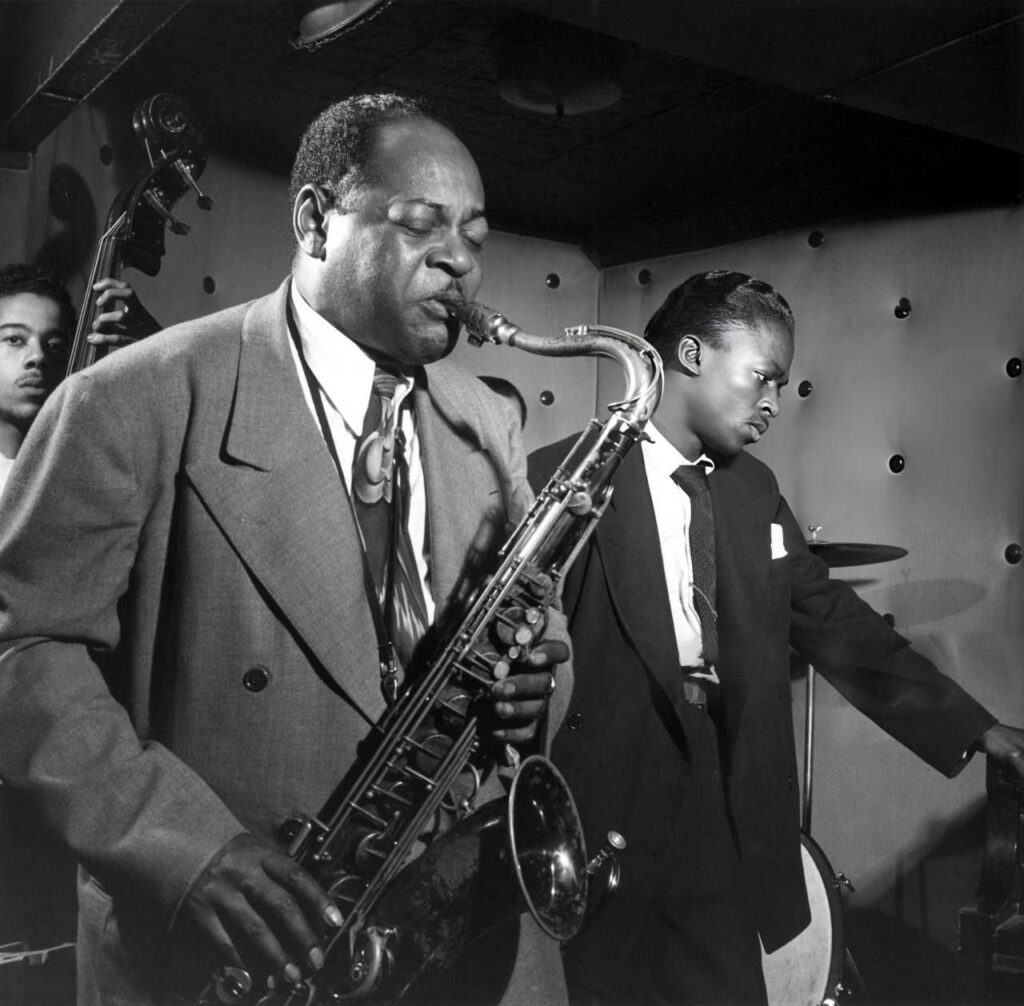
“Body and Soul” is not just a jazz ballad; it’s a historical masterpiece that has echoed through the ages, deeply engrained in the fabric of jazz history. Originally composed in 1930 by Johnny Green with lyrics by Edward Heyman, Robert Sour, and Frank Eyton, this song has become one of the most revered standards in jazz music. Its complexity and emotional depth offer musicians a vast landscape for expression and improvisation.
Coleman Hawkins’ rendition of “Body and Soul” from 1939 stands as a landmark recording in the world of jazz. Hawkins, often referred to as “the father of the jazz tenor saxophone,” transformed this ballad into something truly groundbreaking. His version was not just music; it was a declaration of the tenor saxophone’s place in jazz, showcasing his unparalleled ability to weave complex improvisations with deep emotional resonance. This recording became a surprise hit, selling over 100,000 copies in its first six months, a significant achievement for a jazz ballad at that time.
The song’s structure, with its complex chord progressions and key changes, provides a significant challenge and opportunity for jazz musicians. It’s a piece that allows for a wide degree of improvisational freedom, making it a favorite for jazz artists to interpret and re-interpret over the years. Hawkins’ version is especially notable for its expressive depth and technical mastery, demonstrating a profound understanding of the song’s emotional and musical complexity.
“Body and Soul” has since been recorded by countless artists, each bringing their own unique voice to this timeless piece. However, Coleman Hawkins’ 1939 recording remains the definitive version, a testament to his genius and the song’s enduring appeal. This rendition not only cemented Hawkins’ fame but also solidified “Body and Soul” as a quintessential jazz standard, continuing to inspire and captivate musicians and audiences alike with its beauty and complexity.
In the context of jazz ballads, “Body and Soul” is a testament to the genre’s ability to convey deep emotions and sophisticated musical ideas. It exemplifies the essence of jazz as a form of expression that is both deeply personal and universally resonant. Through Hawkins’ iconic performance, “Body and Soul” forever holds a place in the annals of jazz history as a symbol of timeless elegance and emotional depth.
2. My Funny Valentine – Chet Baker
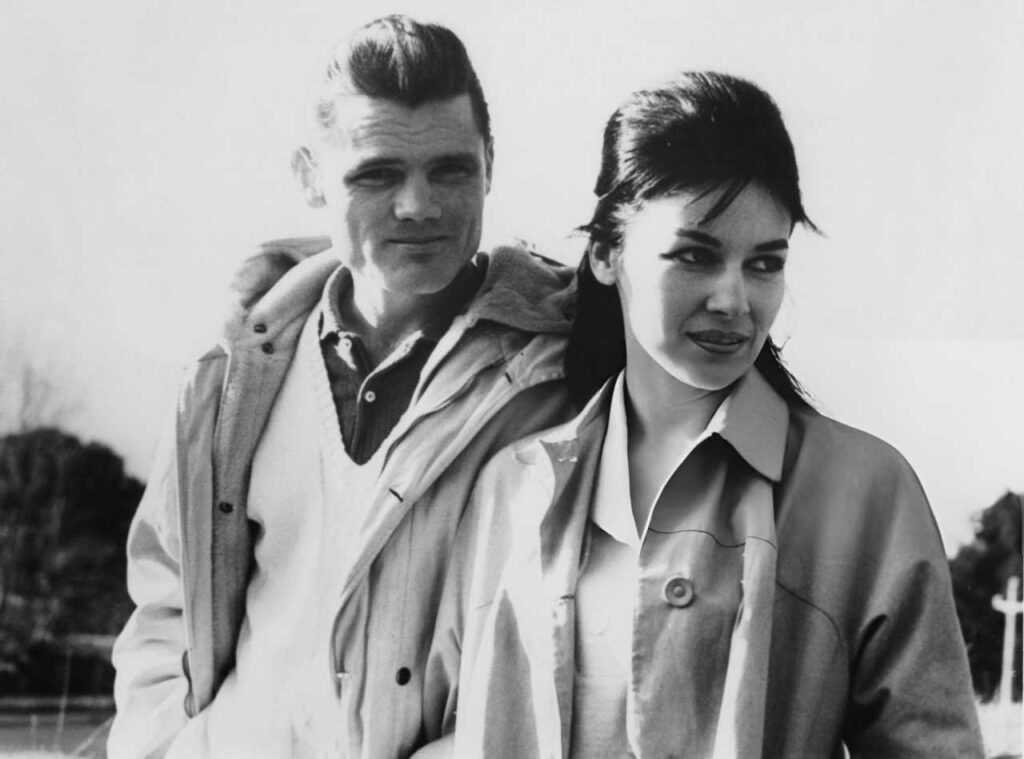
“My Funny Valentine” is a captivating ballad that has become a staple in the jazz and pop music world. Originally introduced in the 1937 musical “Babes in Arms” by Richard Rodgers and Lorenz Hart, the song was performed by Mitzi Green, portraying a character serenading Valentine “Val” LaMar. The song humorously yet affectionately critiques Valentine’s physical appearance but ultimately expresses deep affection and acceptance of his imperfections, mirroring lyricist Lorenz Hart’s personal insecurities and longing for love.
Chet Baker’s rendition of “My Funny Valentine” in the 1950s catapulted the song into jazz fame, becoming one of his signature performances. Baker’s version, characterized by his lyrical trumpet play and dreamy, androgynous voice, was a key factor in the song’s resurgence during that decade. His recording with Gerry Mulligan in 1952 marked a significant moment, highlighting the song’s potential for jazz improvisation and emotional depth. This performance was later recognized for its historical and cultural importance by being inducted into the Library Of Congress’ National Recording Registry in 2015.
The song’s adaptability across genres is evident in its diverse cover versions by artists ranging from Frank Sinatra, who added a male crooner’s perspective, to more contemporary interpretations by Sting, Sam Smith, and Michael Bublé, ensuring its relevance to new generations. “My Funny Valentine” stands as a testament to the enduring appeal of Rodgers and Hart’s creation, celebrated for its emotional complexity and musical versatility.
3. “Blue in Green” – Miles Davis
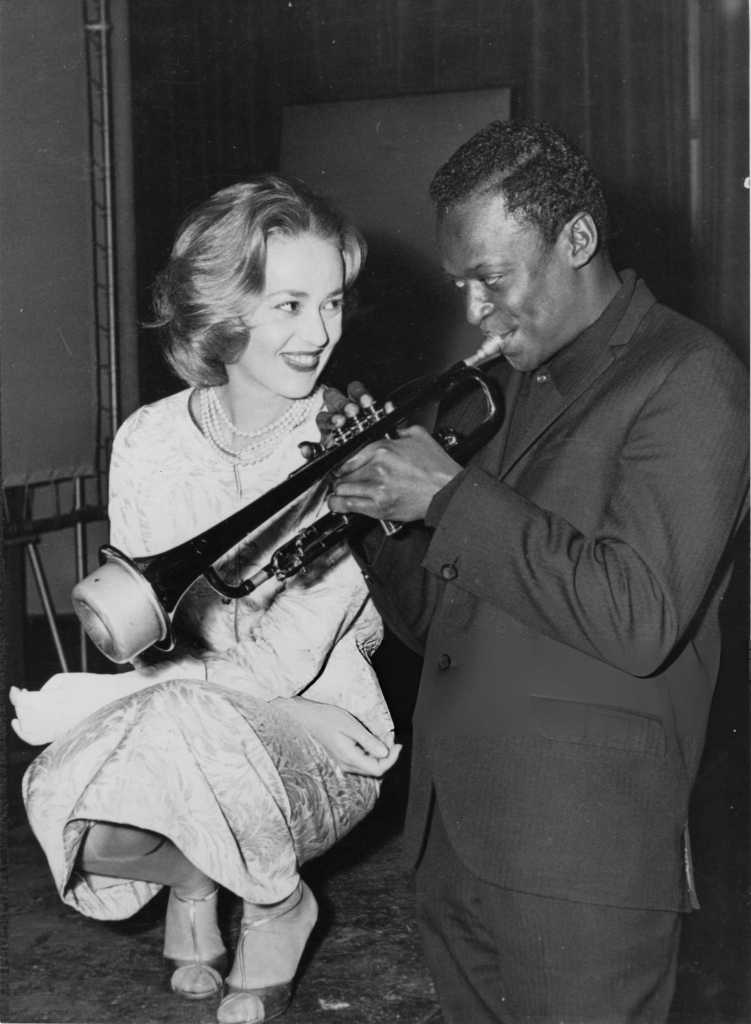
“Blue in Green,” a track from Miles Davis’ landmark 1959 album Kind of Blue, stands as one of the most evocative pieces in jazz history. Recorded on March 17, 1959, by an iconic ensemble including Davis, pianist Bill Evans, drummer Jimmy Cobb, bassist Paul Chambers, and saxophonist John Coltrane, this ballad captures the essence of modal jazz—a style that the album helped popularize. Notably, “Blue in Green” is the one track from Kind of Blue where saxophonist Julian “Cannonball” Adderley does not feature, underscoring its unique place in the album’s lineup.
The composition is deeply intertwined with Bill Evans, who is speculated by many to have co-written the piece with Davis, despite Davis’ claim of sole authorship. Evans’ contribution, especially his piano intro, sets a melancholic and introspective tone that defines the track. Critics and listeners alike have praised Evans’ performance on “Blue in Green” for its lyrical beauty and emotional depth, highlighting it as perhaps the most beautiful piece on the album. Davis himself held Evans in high regard, famously stating that “he plays piano the way it should be played.”
“Blue in Green” has been interpreted in various ways, often seen as a musical exploration of sadness, introspection, and hope. Its lack of lyrics allows listeners to engage with the piece on a deeply personal level, inviting a multitude of emotional interpretations. This timeless ballad has not only influenced jazz musicians but also artists across different genres, underscoring its lasting impact and the enduring legacy of Kind of Blue.
4. Naima – John Coltrane
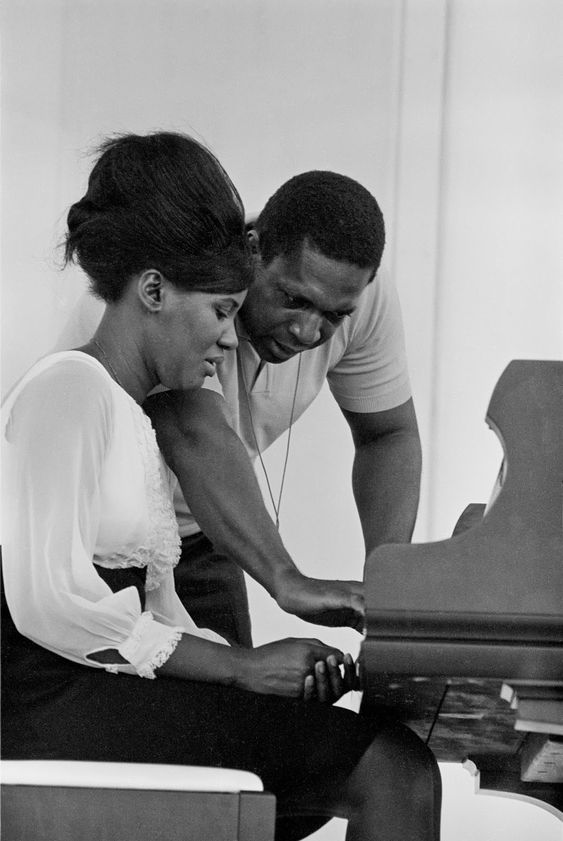
“Naima” is one of John Coltrane’s most revered compositions, first recorded for his groundbreaking album Giant Steps in 1959. This ballad, named after Coltrane’s then-wife Juanita Naima Grubbs, stands out as a poignant expression of love and emotional depth. The piece showcases Coltrane’s saxophone in a delicate interplay with a mesmerizing piano accompaniment, creating a tranquil yet deeply moving musical experience. “Naima” has been celebrated not only for its harmonic complexity but also for its emotive power, making it a staple in the best jazz ballads repertoire and a significant contribution to what is jazz music.
The composition’s unique chord progressions and scale associations—ranging from E♭ Mixolydian to B♭ Phrygian and beyond—exemplify the innovative spirit of Coltrane’s music, pushing the boundaries of jazz harmony and improvisation. Despite its intricate harmonics, “Naima” retains a soul-stirring simplicity that has captivated listeners and musicians alike for decades. Its inclusion in the cultural landscape extends beyond jazz circles, featuring in films and being the subject of poetry, illustrating the song’s wide-reaching impact and enduring legacy.
Coltrane’s creation of “Naima” reflects a personal tribute to his relationship with Grubbs, imbued with tenderness and a profound sense of intimacy. This track not only solidified Coltrane’s status as a jazz legend but also deepened the understanding of the emotional capabilities of jazz as a genre. Over the years, “Naima” has inspired numerous covers by artists across various genres, underscoring its universal appeal and timeless quality. Each rendition explores the song’s rich emotional tapestry, highlighting the track’s significance within the broader context of jazz music and its ability to resonate on a deeply personal level with listeners around the world.
5. Stardust – Nat King Cole
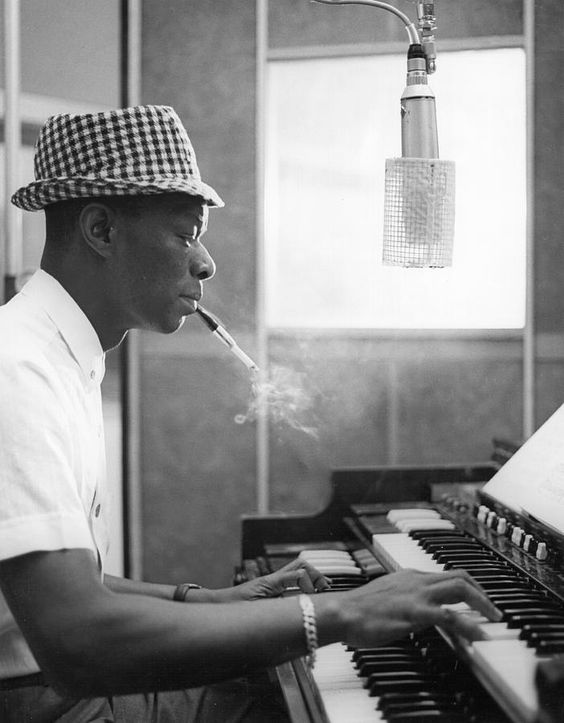
“Stardust,” recorded by Nat King Cole, is a timeless classic that has enchanted listeners for decades. Originally composed by Hoagy Carmichael in 1927, the song underwent several transformations before becoming the beloved standard known today. Carmichael was inspired to write “Stardust” from the memories of a love affair, with the melody coming to him one night on the University of Indiana campus. The song’s title, suggested by a fellow student, evokes images of the night sky and lost love.
Nat King Cole’s rendition of “Stardust” was released in April 1957 as part of his album “Love Is the Thing.” Cole’s version stands out for its smooth and velvety vocal delivery, bringing a new depth to the song’s nostalgic and melancholic lyrics. The album itself was a significant achievement, reaching the number 1 position on the UK Albums Chart and earning a Platinum certification in the United States, signifying over one million copies sold.
The song’s lyrics, added by Mitchell Parish, capture the essence of reminiscing about a past love, with lines that paint vivid images of twilight and memories. “Stardust” is notable for its melodic beauty and the emotional depth it conveys, aspects that are heightened by Cole’s impeccable interpretation. His version adds a certain magic to the composition, making it a staple in the realm of romantic ballads and a classic that transcends generations.
Cole’s performance of “Stardust” is a testament to his ability to convey deep emotions through music, making the listener feel the longing and nostalgia contained within the lyrics. The song remains a beloved piece in the jazz and pop music canon, celebrated for its lyrical beauty and the haunting melody that has captivated audiences worldwide.
6. Embraceable You – Ella Fitzgerald
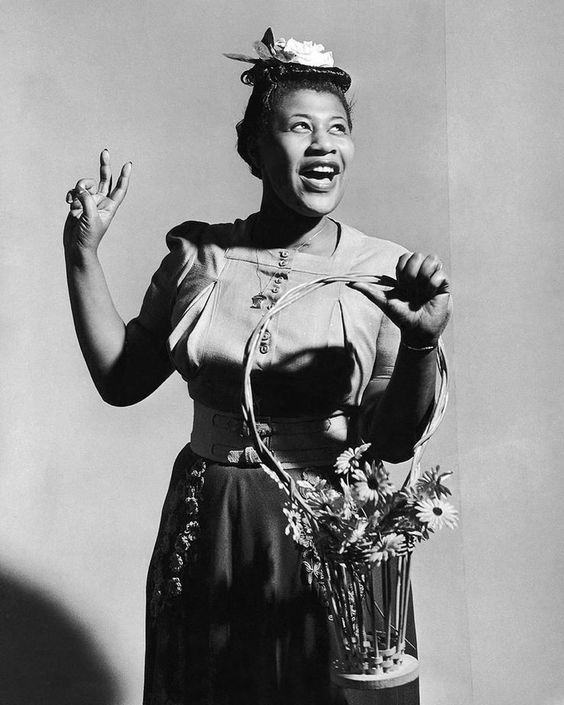
“Embraceable You” is a classic jazz standard composed by George Gershwin with lyrics by Ira Gershwin. Initially written for an unpublished operetta in 1928, it later found its place in the Broadway musical “Girl Crazy” in 1930, capturing the hearts of audiences with its tender melody and heartfelt lyrics. This song beautifully conveys a deep sense of love and longing, becoming a favorite for many artists to cover, including the legendary Ella Fitzgerald.
Ella Fitzgerald, known as “The First Lady of Song,” is celebrated for her unparalleled vocal range, clear tone, and innovative scat singing. Her rendition of “Embraceable You” is among the many performances that showcase her unique ability to bring depth and emotion to jazz standards. One of her most notable performances of the song was at the Newport Jazz Festival in 1957, where she captivated the audience with her expressive and soulful interpretation.
Fitzgerald’s version of “Embraceable You” resonates with the emotions of tenderness and yearning, highlighted by the Gershwins’ enchanting composition. The song’s lyrics speak to the universal experience of being deeply in love, desiring nothing more than the embrace of a cherished one. It’s this combination of lyrical beauty and Fitzgerald’s emotive delivery that has cemented “Embraceable You” as a timeless piece in the jazz repertoire.
7. Goodbye Pork Pie Hat – Charles Mingus
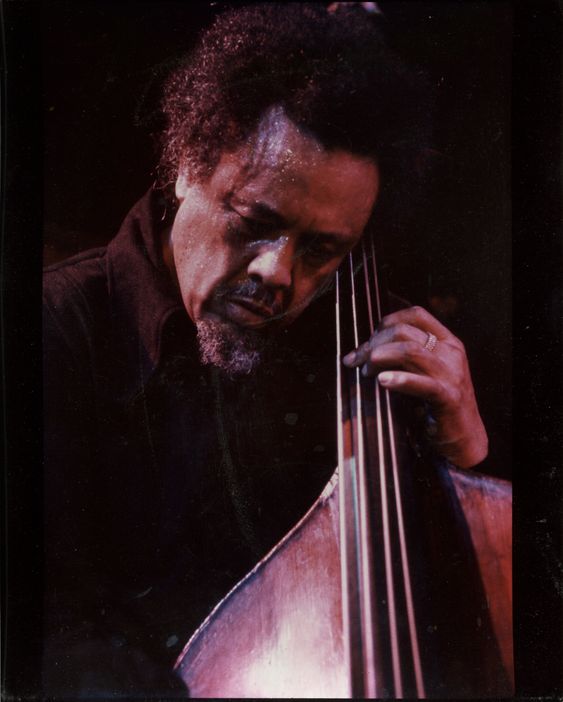
“Goodbye Pork Pie Hat” is a jazz masterpiece by Charles Mingus, released in 1959 as part of his album “Mingus Ah Um.” This instrumental piece is an elegy for Lester Young, a legendary saxophonist known for his distinctive style and for often wearing pork pie hats. Young, nicknamed “Prez” by Billie Holiday, had a profound impact on jazz with his innovative playing and personal style. He passed away just two months before Mingus recorded the tribute.
The composition stands out for its emotional depth, capturing the essence of Young’s life and legacy. Mingus uses a delicate piano introduction, intricate bass lines, and the mellow tones of saxophones and trumpet to convey a profound sense of loss and sadness. The solos by saxophonists John Handy and Booker Ervin further enhance the piece, paying homage to Young’s unique voice on the instrument.
“Goodbye Pork Pie Hat” has become a jazz standard over the years, recorded by numerous jazz and jazz fusion artists. It has crossed genres, showing its appeal through various interpretations, including versions by British folk guitar duo Bert Jansch and John Renbourn, guitarist John McLaughlin, and even Jeff Beck. Joni Mitchell added lyrics to the composition, further showcasing its versatility and emotional resonance.
Lester Young’s influence extended beyond music to fashion, particularly with his signature pork pie hats. These hats became a symbol of his individuality and an iconic part of his image. Mingus’s composition, therefore, serves not only as a musical tribute but also as a reminder of Young’s impact on jazz culture and style.
8. Infant Eyes – Wayne Shorter
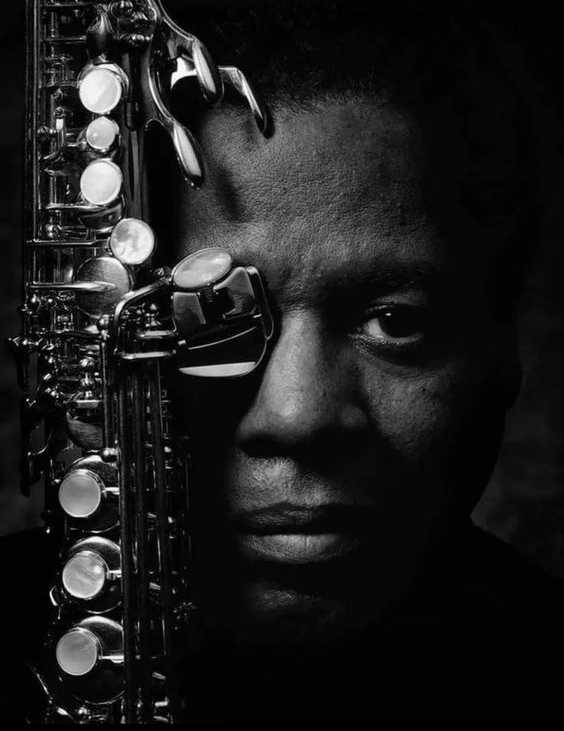
“Infant Eyes” by Wayne Shorter is a standout track from his album “Speak No Evil,” released in 1966 by Blue Note Records. This album marks a significant point in Shorter’s career, showcasing his exceptional skills as a composer and saxophonist, blending elements of hard bop and modal jazz. The song itself is a profound ballad that delves deep into harmonic complexity and emotional depth, making it one of the best jazz ballads of all time.
The beauty of “Infant Eyes” lies in its harmonic structure and the deep blues feeling it evokes, as explored by Davy Mooney in a lesson on Jazz Guitar Today. Mooney touches on the song’s harmony and its bluesy essence, which is further highlighted in Joshua Redman’s rendition from the album “Walking Shadows”. The song’s composition is innovative, with Wayne Shorter utilizing a unique approach to harmony and melody that has made “Infant Eyes” a compelling study for musicians and a beloved piece for listeners.
For improvisers and musicians looking to understand “Infant Eyes” on a deeper level, Improvise for Real provides an in-depth harmonic analysis of the composition. The analysis emphasizes the creative decision-making involved in visualizing the composition’s chords and scales, aiming for simplicity and naturalness in improvisation. The tonal sketch provided offers a way to visualize the harmony most comfortably, suggesting that the song could be seen in the key of Bb, aligning with Shorter’s original recording. This analysis highlights the song’s chord progressions and their similarities to other jazz standards, offering a rich terrain for creating beautiful melodic lines.
Wayne Shorter’s “Infant Eyes” is not just a composition; it’s a journey through complex harmonic landscapes that challenge and inspire. It stands as a testament to Shorter’s genius and remains a significant work in the jazz canon, revered for its lyrical beauty and emotional resonance. It is a must-listen for anyone exploring the best jazz ballads, showcasing the depth and versatility of jazz as a genre.
9. ‘Round Midnight – Thelonious Monk
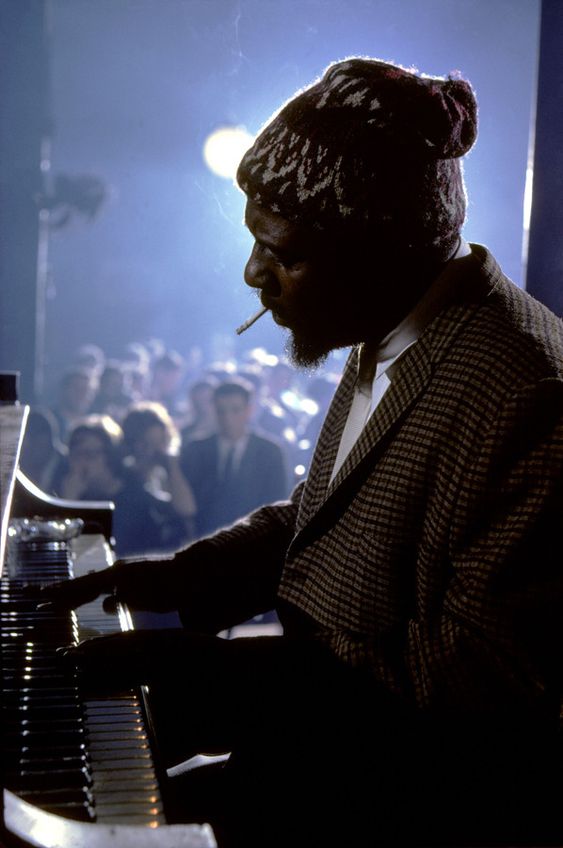
“‘Round Midnight” by Thelonious Monk is not just a song; it’s a journey into the depths of the night, capturing the essence of introspection and the complex emotions that come with the late hours. Thelonious Monk, a pioneer in jazz, composed this piece around 1940 or 1941, with its first notable recording by Cootie Williams in 1944. This composition quickly became a jazz standard, celebrated for its melancholic melody and rich harmonies.
Monk’s unique approach to this ballad, with its unconventional chord progressions and intricate harmonies, creates a haunting atmosphere that resonates deeply with listeners. The song reflects Monk’s own eccentric personality and offbeat approach to life, embodying a sense of solitude and introspection that’s characteristic of the late-night hours it represents.
This piece has been covered by numerous jazz greats, each bringing their unique interpretation to the composition, including Miles Davis, whose 1955 Newport Jazz Festival performance of “‘Round Midnight” played a significant role in rejuvenating his career and securing a contract with Columbia Records. The song’s influence extends far beyond Monk, inspiring a wide range of musicians and becoming one of the most recorded jazz compositions of all time.
“‘Round Midnight” stands as a testament to Monk’s genius and his significant contribution to jazz music. It’s a must-listen for anyone exploring the best jazz ballads, showcasing the depth and versatility of jazz as a genre and the emotional depth that can be conveyed through music.
10. Lush Life – Billy Strayhorn
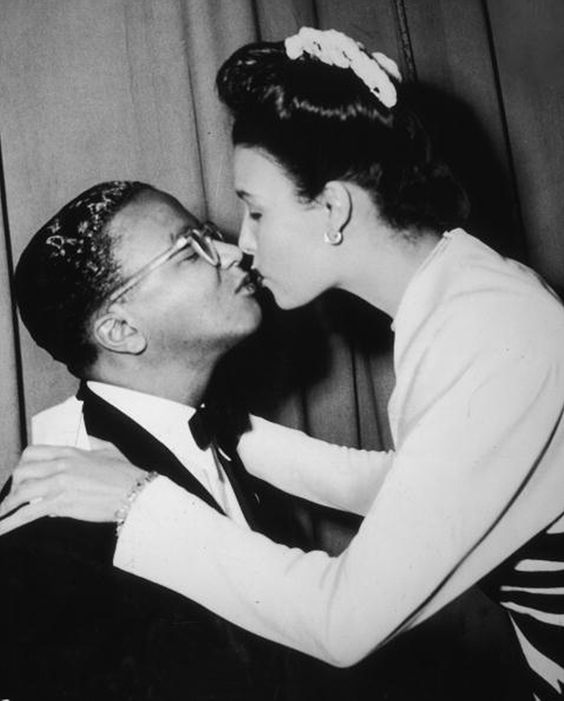
“Lush Life,” composed by Billy Strayhorn, is a jazz standard that stands out as one of the best jazz songs ever written. Strayhorn was just a teenager when he began crafting this piece between 1933 and 1936, a song that would eventually define his career alongside his work with the Duke Ellington Orchestra. The song was first performed in 1948 at Carnegie Hall, showcasing Strayhorn’s deep and introspective lyrics that narrate the weariness of nightlife and the search for meaning amidst a backdrop of “jazz and cocktails”.
Ted Gioia, a jazz historian, has lauded “Lush Life” as a harmonically complex masterpiece, indicative of Strayhorn’s genius. Strayhorn himself considered “Lush Life” a private project, a reflection of his coming of age. The song’s lyrics, infused with themes of loneliness, alcoholism, and unrequited love, resonate universally, speaking to the sorrows and fleeting joys of life.
Notably covered by artists like Nat King Cole, Ella Fitzgerald, Sarah Vaughan, and John Coltrane, “Lush Life” has left an indelible mark on the jazz world. Each rendition brings a new interpretation to Strayhorn’s complex emotional narrative, proving the song’s timeless appeal and its place among the best jazz songs.
11. Misty – Erroll Garner
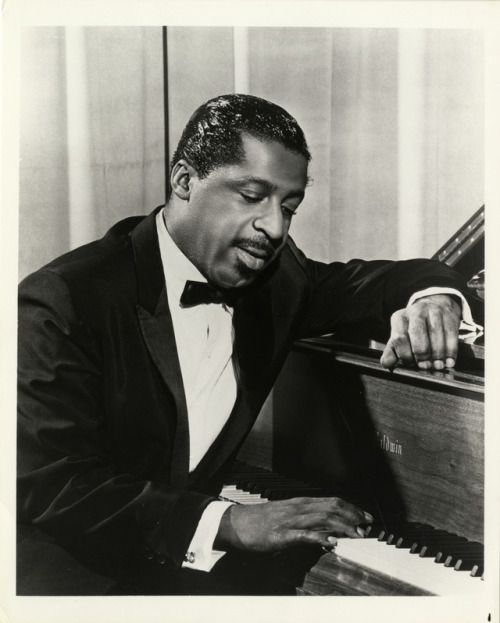
“Misty,” composed by Erroll Garner in 1954, stands as one of the most enchanting jazz ballads ever created. Garner originally crafted “Misty” as an instrumental piece for his trio, embodying a unique blend of romantic melody and poignant harmonies that quickly captivated the jazz world. The song underwent a transformation when Johnny Mathis, inspired by Sarah Vaughan’s version, decided to add lyrics to it, thus broadening its appeal beyond the jazz circle.
Garner’s masterpiece is renowned for its sophisticated harmonic structure, which has made it a favorite for jazz improvisation and a staple among jazz standards. The song’s narrative, enhanced by Johnny Burke’s lyrics, spins a tale of love and longing, casting a spell of introspective emotion that resonates with listeners and performers alike. The lyrical version of “Misty” propelled Mathis to achieve one of his signature songs, further solidifying its status within the music industry.
Beyond its musical significance, “Misty” has also made its mark in popular culture, notably featuring in Clint Eastwood’s 1971 film Play Misty for Me, highlighting its lasting legacy in both music and cinema.
12. In a Sentimental Mood – Duke Ellington and John Coltrane
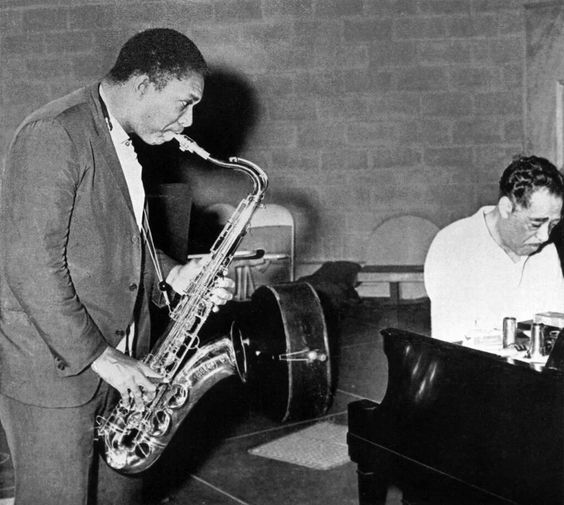
“In a Sentimental Mood” is a timeless jazz standard composed by Duke Ellington in 1935, showcasing his brilliance as a composer and arranger. This piece is known for its haunting, lyrical quality and has become a beloved staple in the jazz world. Ellington’s ability to convey deep emotions through simple yet evocative melodies has made “In a Sentimental Mood” resonate with listeners and musicians alike for decades.
The collaboration between Duke Ellington and John Coltrane in 1962 brought a new dimension to the song, blending Ellington’s sophisticated piano with Coltrane’s passionate saxophone. Their version, known for its emotional depth and intricate harmonies, is a highlight in the jazz canon, demonstrating the seamless fusion of two jazz giants’ talents.
The song has a rich history of interpretations, including vocal renditions by Sarah Vaughan, whose intimate version highlighted the song’s lyrical beauty, and instrumental versions by artists like Sonny Rollins and Art Tatum, showcasing the song’s versatility and enduring appeal across various jazz styles.
“In a Sentimental Mood” captures a wide range of emotions, from melancholy to romanticism, through its gentle melodies and harmonies. Its simplicity and the evocative power of its phrases create a deeply personal listening experience, inviting audiences to explore their own feelings and connections to the music.
13. Autumn in New York – Billie Holiday
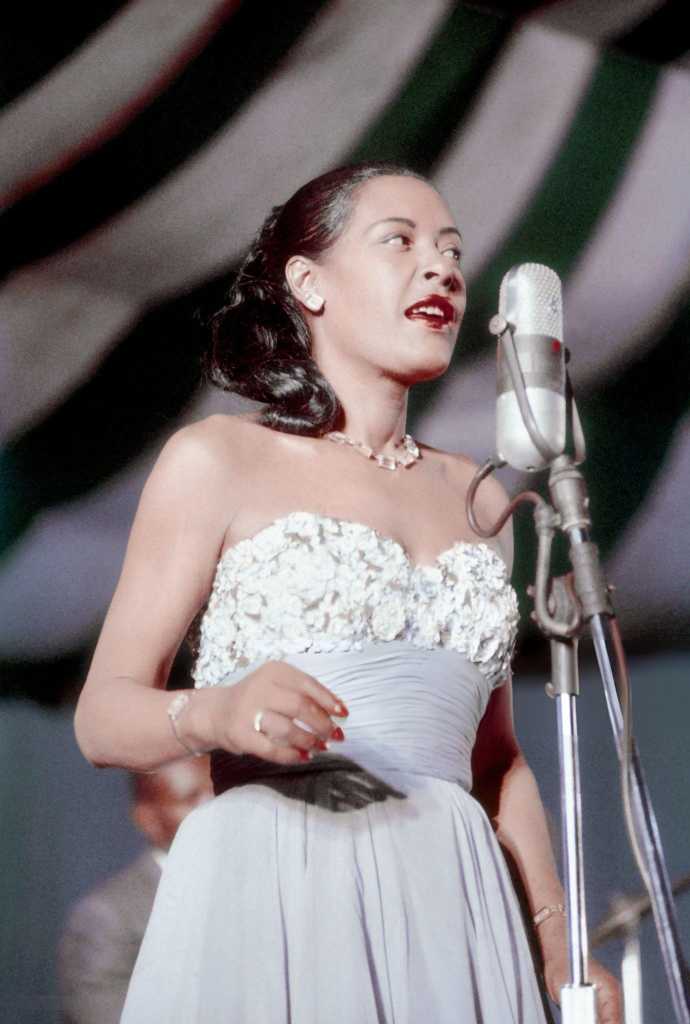
“Autumn in New York” is a jazz standard composed by Vernon Duke in the summer of 1934 while he was in Westport, Connecticut. This song, initially not expected to gain much popularity due to its unique structure and sophisticated nature, eventually became one of the most beloved standards, especially after being performed by Billie Holiday. Duke wrote it without a specific commission, offering it to the Broadway musical Thumbs Up! where it was first performed by J. Harold Murray.
Billie Holiday’s rendition of “Autumn in New York” stands out for its evocative portrayal of the city’s autumnal landscape, capturing the bittersweet beauty of love in the backdrop of New York’s changing seasons. Holiday’s version is deeply moving, characterized by her unique vocal style that perfectly conveys the song’s sense of nostalgia and longing. The song’s lyrics paint a vivid picture of New York in the fall, describing the transformation of the city as it takes on a new, yet transient beauty.
The creation of “Autumn in New York” reflects Duke’s transition from his Russian origins to his American identity. Initially named Vladimir Dukelsky, he was advised by George Gershwin to adopt a more American-sounding name to succeed in the popular music scene. Despite his classical music background, Duke found his greatest success in the realm of American popular music, partnering with some of the best lyricists of the day to create enduring standards. The song itself, initially penned as a poem out of homesickness, captures the complex emotions and dualities of experiencing autumn in New York.
14. The Nearness of You – Norah Jones

“The Nearness of You,” composed by Hoagy Carmichael with lyrics by Ned Washington in 1938, is one of the popular jazz ballads that has been covered by many artists, including the soulful Norah Jones on her 2002 album “Come Away with Me.” This song, originally intended for an unproduced film, has become a jazz standard, celebrated for its romantic and evocative lyrics that highlight the importance of closeness and intimacy over material things or grand gestures.
Norah Jones’ rendition brought a fresh, contemporary feel to the classic, contributing to its status as a timeless piece in the jazz and pop music canon. Her version is part of an album that marked a significant moment in her career, showcasing her ability to blend jazz with acoustic pop elements in a way that resonates with a wide audience. The song’s lasting appeal is evident in its continued relevance and the variety of artists who have interpreted it over the years, from Ella Fitzgerald and Louis Armstrong to more recent performances by artists like James Taylor and Michael Brecker.
For more detailed insights into the history of “The Nearness of You” and its impact on the world of music, exploring the contributions of artists like Glenn Miller, who helped popularize the song during World War II, and the diverse interpretations that have kept the song alive through decades.
15. I Can’t Get Started – Bunny Berigan
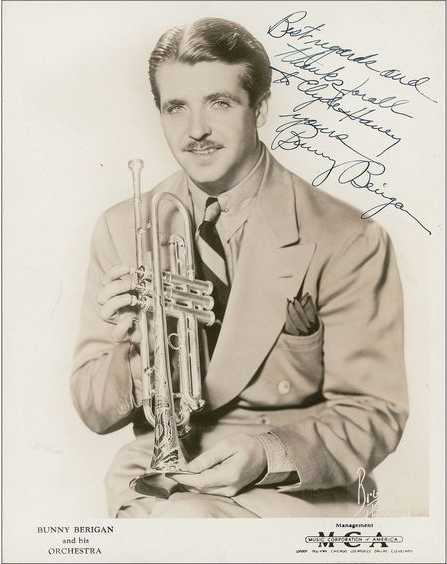
“I Can’t Get Started” by Bunny Berigan is a standout track among the best jazz ballads of all time. This song, with its rich history and deep emotional resonance, was first introduced in 1936, composed by Vernon Duke with lyrics by Ira Gershwin. Bunny Berigan, a celebrated jazz trumpeter, made the song famous with his recording in 1937. His version is highly regarded as a classic in jazz, showcasing his exceptional skill and emotional depth. This performance set a high standard for all future renditions of the song.
Berigan’s rendition of “I Can’t Get Started” is noteworthy for its extended cadenza over four different sustained chords in the key of C, illustrating his impeccable command of the trumpet and his ability to deliver a performance that’s both an athletic feat and a supreme test of musicianship. This recording, inducted into the Grammy Hall of Fame in 1975, highlights the song’s timeless appeal and its significant impact on the jazz genre.
The song’s lyrics speak to the theme of unrequited love, with the protagonist lamenting their inability to move forward in a new romance due to the lingering feelings for a past love. The melody and Berigan’s soulful interpretation beautifully capture the bittersweet emotions associated with reminiscence and longing.
“I Can’t Get Started” has been covered by numerous artists over the years, including Frank Sinatra, Ella Fitzgerald, and Billie Holiday, each bringing their unique style to the song. Its status as a classic jazz standard is a testament to its enduring popularity and its ability to connect with listeners across generations.
FAQs
What Defines a Jazz Ballad?
A jazz ballad is defined by its slow tempo, emotional depth, and expressive instrumentation. It’s a piece that prioritizes mood and feeling, often featuring soulful solos that convey a story or emotion. The arrangement typically includes a gentle rhythm section that supports rather than overpowers, allowing the melodic instruments like saxophone, trumpet, or piano to shine. Jazz ballads stand out for their ability to evoke deep feelings, making them a beloved genre for both musicians and listeners.
Popular Jazz Ballad Performers
Billie Holiday, Miles Davis, and John Coltrane are seminal figures whose contributions to jazz ballads have deeply influenced the genre. Billie Holiday is renowned for her evocative phrasing and poignant delivery, turning popular songs into profound emotional narratives. Her unique style, which often involved singing slightly behind the beat, added a layer of depth and complexity to her music, making her performances unforgettable. She is celebrated for transforming simple compositions into rich, emotional experiences, showcasing her genius beyond her vocal abilities.
Miles Davis, known for his innovative approach to jazz, collaborated closely with John Coltrane, creating music that was both sophisticated and deeply emotional. Their partnership was a blend of contrasting styles—Davis with his introspective and vulnerable trumpet play and Coltrane with his intense and earnest saxophone performances. Both artists were explorers in the realm of jazz, pushing the boundaries of the genre and influencing countless musicians. Their work together, characterized by a desire to constantly learn and evolve, marked a significant period in jazz history, highlighting their roles not just as performers but as pivotal figures in the development of jazz music.
John Coltrane’s own contributions to jazz ballads, especially through albums like “Ballads,” reflect his deep musicality and emotional expression. His performances are studies in the power of music to convey complex emotions and stories, making him a key figure in the evolution of jazz ballads.
How to Discover Jazz Ballads Classics
Discovering classic jazz ballads can be an enriching journey through the history of jazz. For starters, iconic albums like Billy Strayhorn’s “The Peaceful Side,” Wayne Shorter’s “Speak No Evil,” and Charles Mingus’s “Mingus Ah Um” are essential listens. These albums feature timeless pieces such as “Lush Life,” “Infant Eyes,” and “Goodbye Pork Pie Hat,” respectively, showcasing the emotional depth and complexity of jazz ballads. Additionally, exploring different versions of these ballads, from classic renditions to modern interpretations, can provide a broader understanding of their impact and evolution in jazz music.
The Role of Instruments in Jazz Ballads
In jazz ballads, instruments like the saxophone, piano, and trumpet are super important. They help make the music feel special. The saxophone can make you feel strong emotions, almost like it’s telling a story without words. The piano sets the mood and pace, kind of like the background of a painting. And the trumpet? It can make you feel sad or hopeful with its bright sound. Together, they mix to create the music’s heart, making each song unique and touching.
Evolution of Jazz Ballads Through Decades
The evolution of jazz ballads reflects the broader journey of jazz music through decades, showcasing shifts in style, instrumentation, and cultural influence. Starting with the early days of New Orleans jazz, characterized by collective improvisation and a mix of instruments like trumpets, clarinets, and trombones, jazz ballads have always had a foundational role in the genre’s expression. Musicians like Buddy Bolden and Jelly Roll Morton were pioneers, setting the stage for jazz to become a major cultural phenomenon.
As jazz progressed into the big band era of the 1920s, figures like Duke Ellington and Count Basie introduced a more structured form of jazz, relying less on improvisation and more on elaborate arrangements. This era brought jazz to mainstream audiences, with big bands featuring a vast array of instruments divided among different sections, emphasizing ensemble playing over individual solos.
The bebop era of the 1940s marked a significant shift, focusing on faster tempos, complex chord changes, and virtuosic solo performances. Musicians like Charlie Parker and Dizzy Gillespie led this movement, pushing jazz into more experimental territories. Bebop’s complexity was a departure from the danceable tunes of the swing era, introducing a focus on musical innovation.
In the late 1940s and 1950s, cool jazz emerged as a response to the intensity of bebop, offering a more relaxed, understated approach. This style incorporated classical music elements and featured more tonal textures, contributing to a moodier atmosphere. Notable artists like Miles Davis and Gerry Mulligan were at the forefront of this movement, emphasizing melodic improvisation and a more subdued ensemble sound.
The late 1950s and 1960s saw the rise of hard bop, modal jazz, and Latin jazz influences, blending bebop’s complexity with soul, gospel, and African rhythms. This era also welcomed modal jazz, with Miles Davis’ “Kind of Blue” exemplifying the use of modal scales for a freer improvisational style. John Coltrane, another key figure, fused spiritual themes with dynamic playing, marking a significant evolution in jazz’s expressive capabilities.
Jazz continued to evolve through the avant-garde and fusion eras of the late 1960s and 1970s, incorporating electric instruments and exploring the boundaries of the genre. Musicians like Herbie Hancock and Chick Corea blended jazz with rock, funk, and R&B, leading to a rich period of experimentation and innovation.
Today, jazz ballads, like the genre itself, continue to evolve, reflecting a rich tapestry of musical influences and innovations while maintaining their emotional depth and melodic beauty. The journey of jazz ballads through the decades is a testament to the genre’s enduring appeal and its ability to adapt and grow with each new generation of musicians and listeners.
Jazz Ballads in Film and Television
Jazz ballads have made significant impacts in movies and TV, enhancing scenes with their emotional depth. Iconic films like “A Streetcar Named Desire” and “Taxi Driver” feature jazz soundtracks that contribute to their atmospheric storytelling. These movies use jazz to evoke specific moods, from the sensuality and madness of New Orleans to the solitude and internal turmoil of a New York taxi driver. Jazz in cinema often portrays complex emotions and settings, illustrating its cultural importance beyond music venues.
Learning to Play Jazz Ballads
For musicians wanting to learn jazz ballads, starting with the basics is key. Begin by listening to classic recordings to understand the style’s emotional depth. Sheet music for famous jazz ballads can be found on websites like Musicnotes or Sheet Music Plus. For tutorials, YouTube has numerous lessons where skilled musicians break down the techniques and theories behind jazz ballads. Websites like JazzAdvice and iReal Pro offer valuable resources and backing tracks for practice. Remember, mastering jazz ballads takes patience and practice, focusing on expression as much as technique.
Jazz Ballads and Romantic Atmospheres
Jazz ballads are often associated with romance due to their ability to express deep emotions and create a specific mood. The best jazz love songs are timeless, capturing the essence of love and being loved. From the smooth and sultry vocals of Ella Fitzgerald to the soulful saxophone of Stan Getz, jazz music provides a perfect backdrop for romantic moments, blending declarations of love with reflections on lost or unrequited love. Jazz’s romantic ballads stand out for their melodic beauty and emotional depth, making them a favorite for conveying the complexities of the human heart.
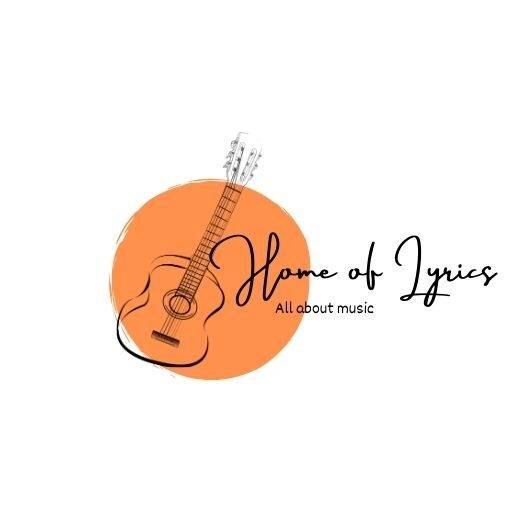
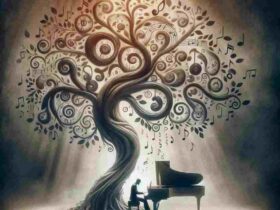

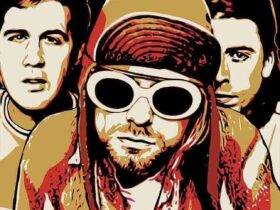
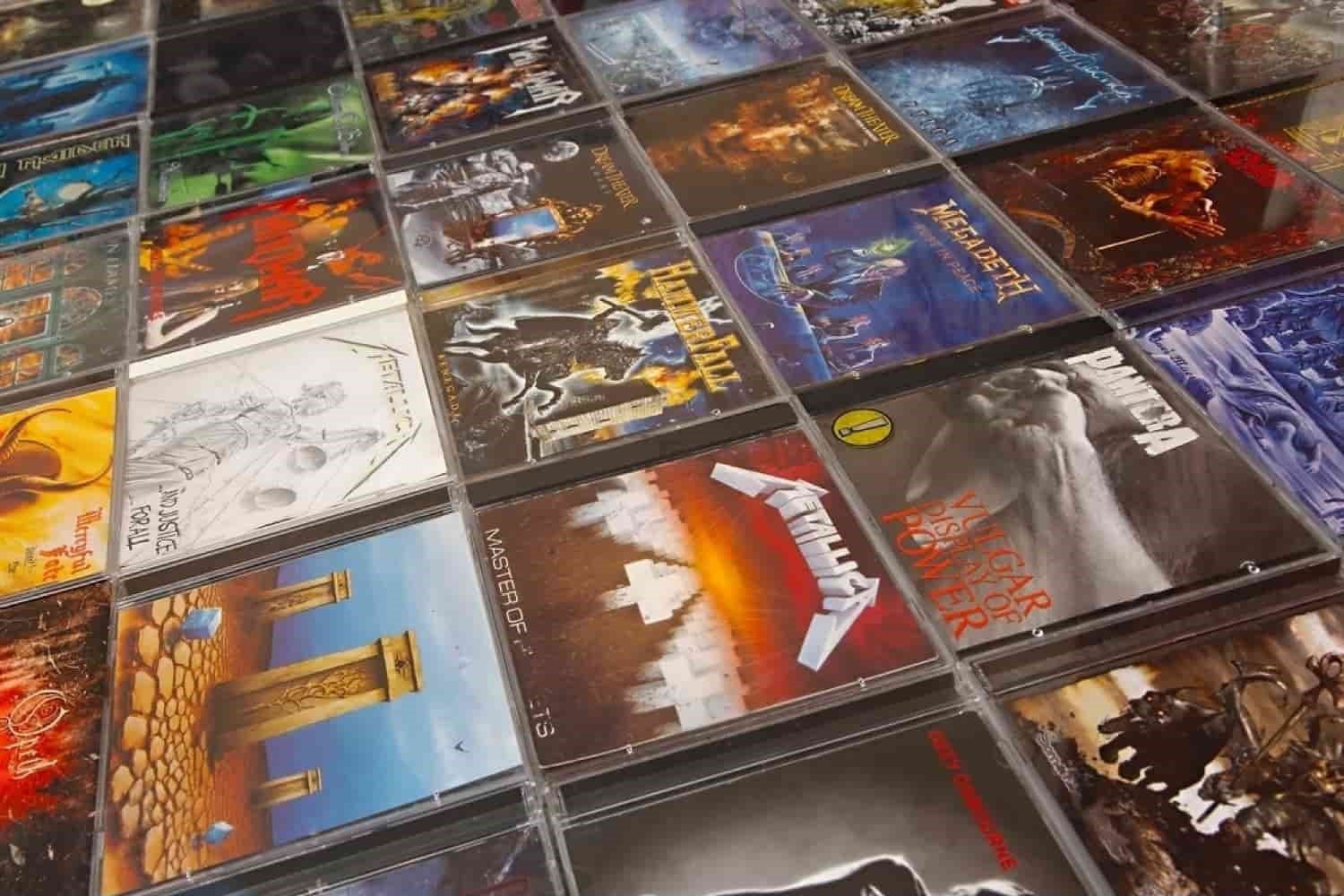
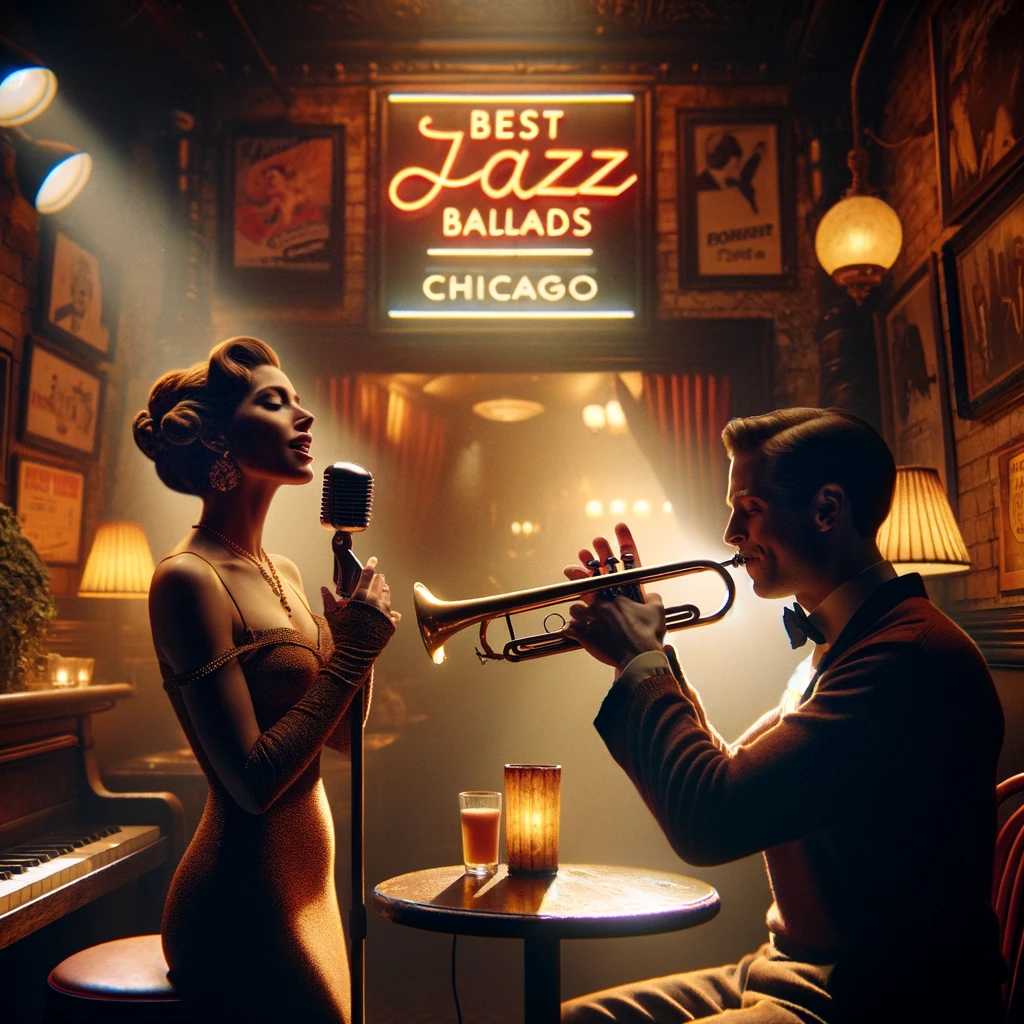
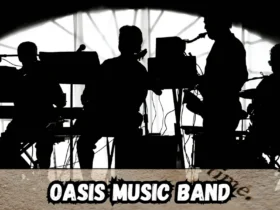

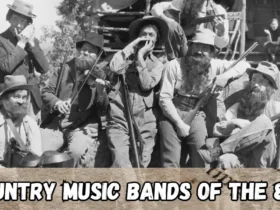
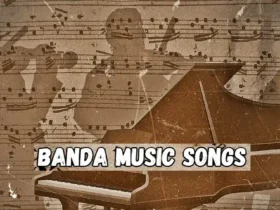
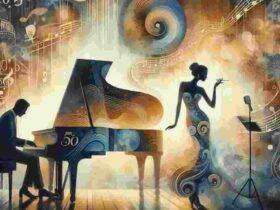
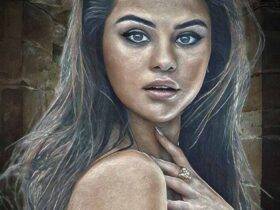

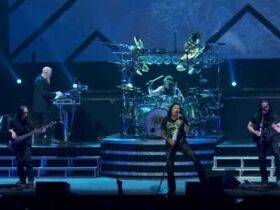
Leave a Reply